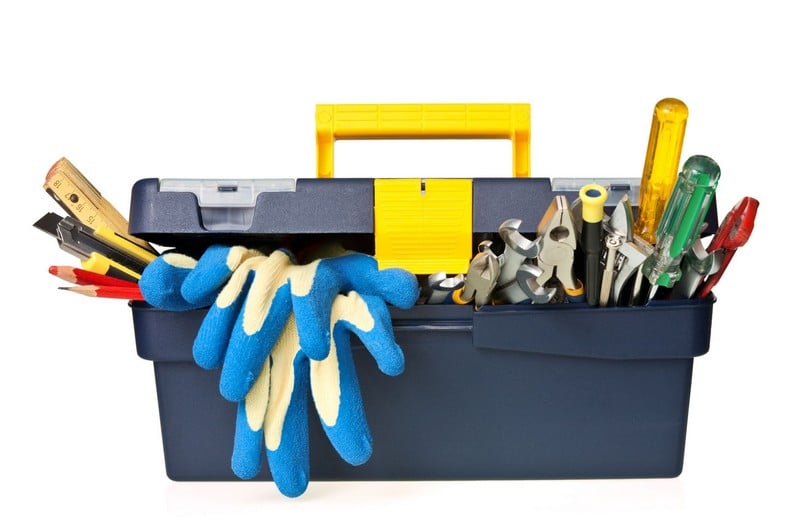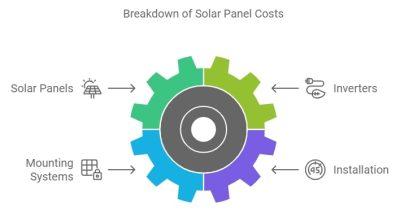
A 3/8 battery powered ratchet can make everyday repair jobs faster and easier. It saves time compared to manual tools and avoids the hassle of hoses or cords. The right choice depends on torque, speed, battery life, and comfort in hand.
Many people prefer a versatile 3/8 battery powered ratchet because it fits into tight spaces while still offering enough strength for common tasks. Features such as fast charging, LED lighting, and multiple socket options add even more value. Tools like this cordless electric ratchet show how compact designs can still provide solid performance.
Choosing the right model means balancing power with convenience. Some tools offer higher torque for tougher bolts, while others focus on lighter weight for easy handling. By knowing what matters most in daily use, anyone can find a tool that fits their toolbox and makes work more efficient.
Key Takeaways
- A 3/8 battery powered ratchet saves time and effort
- The best choice balances torque, battery, and size
- Extra features improve comfort and usability
Key Considerations When Choosing a 3/8 Battery Powered Ratchet
A 3/8-inch cordless ratchet offers convenience, speed, and consistent performance for both professional and home use. The most important factors include tool size, torque output, battery capacity, and comfort during use, as these directly affect how well the ratchet fits into a toolbox and handles daily tasks.
Understanding 3/8-Inch Cordless Ratchets
A 3/8-inch cordless ratchet uses a 3/8-inch drive, which makes it compatible with a wide range of sockets. This drive size works well for medium-duty jobs such as automotive repairs, light mechanical work, and household projects. It strikes a balance between compact size and useful power.
Cordless ratchets remove the need for air hoses or manual turning. They save time on repetitive tasks and reduce strain on the wrist. Unlike larger drive sizes, the 3/8-inch option remains lighter and easier to handle in tighter spaces.
Users should also consider that this type of ratchet is not designed for heavy-duty industrial bolts. Instead, it fills the gap between manual ratchets and larger powered tools. This makes it a versatile addition to most toolkits without adding unnecessary bulk.
Torque and Speed Requirements
Torque measures the turning force of the ratchet. A 3/8-inch cordless ratchet usually delivers between 30 and 55 foot-pounds, which is enough for most medium-size fasteners. Higher torque helps break loose stubborn bolts, while lower torque works better for smaller, more delicate tasks.
Speed, measured in RPM, affects how quickly the tool can fasten or loosen bolts. Many cordless ratchets fall in the 200 to 400 RPM range. Faster speed saves time, but too much speed can make it harder to control the tool in tight areas.
Some ratchets include variable speed triggers, which allow the user to adjust power more precisely. This feature becomes useful when switching between light assembly work and tougher mechanical jobs. Balancing torque and speed ensures the tool matches the type of work being done.
Battery Life and Capacity
Battery life directly affects how long the ratchet can be used before recharging. Most cordless ratchets use lithium-ion batteries, which provide steady power and recharge quickly. Battery capacity, measured in amp-hours (Ah), determines how long the tool runs on a single charge.
A 2.0 Ah battery may last through short repair sessions, while a 4.0 Ah battery extends runtime for longer projects. Higher capacity batteries also add weight, so users must weigh runtime against comfort.
Some kits include two batteries, which allows one to charge while the other is in use. This setup reduces downtime and keeps the ratchet ready for continuous work. For anyone using the tool daily, battery capacity becomes just as important as torque.
Ergonomic Design and Weight
A cordless ratchet should feel comfortable in the hand during extended use. Ergonomic design focuses on grip shape, balance, and trigger placement. A well-shaped handle reduces fatigue and improves control, especially in tight spaces.
Weight also plays a role in usability. Lighter tools reduce strain during overhead or repetitive tasks, but heavier models may feel sturdier. The right balance depends on how often the tool will be used and for what kind of jobs.
Rubberized grips, slim profiles, and well-placed controls make a noticeable difference in daily performance. A tool that feels awkward or heavy can slow down work, while a well-designed ratchet increases efficiency and comfort over time.
Essential Features and Top Models for Your Toolbox
A 3/8 cordless ratchet can save time, reduce strain, and handle tight spaces better than a manual ratchet. The right choice depends on power, size, and comfort, as well as the specific models that match different project needs.
Core Ratchet Features to Evaluate
A good battery-powered ratchet should balance torque, speed, and control. Most 3/8 cordless ratchets provide 30–50 ft-lbs of torque, which is enough for most automotive and household tasks. Higher torque helps with stubborn bolts, while lower torque offers better precision.
Battery life also matters. A 12V system is lighter and easier to handle, while 20V models give longer runtime and more strength. Fast charging batteries reduce downtime during longer projects.
Comfort features like an ergonomic grip and low weight reduce fatigue. Many models also include an LED light for visibility in dark areas. Brushless motors last longer and require less maintenance compared to brushed versions.
For versatility, some kits include socket wrenches and adapters. A compact electric ratchet wrench with extra sockets can be a practical choice for a starter toolbox.
Comparing Leading Brands and Models
Several models stand out for their balance of performance and ease of use. The Milwaukee M12 cordless ratchet is well known for its compact size and consistent torque, fitting easily into tight spaces where larger ratchets struggle.
The Kimo cordless electric ratchet offers a budget-friendly option with solid torque and decent battery life, while the Aoben cordless ratchet provides similar value, often bundled with extra accessories.
The VEVOR 3/8 cordless electric ratchet wrench delivers up to 33 ft-lbs of torque and comes with two 12V rechargeable batteries, a fast 45-minute charger, and nine CR-V sockets. Lightweight and equipped with a built-in LED, it’s a practical choice for DIY users who want reliability without a steep price tag.
Extended reach versions are also available. A 3/8-inch extended reach ratchet improves access in engine bays or behind panels where a standard-length tool cannot reach.
Choosing the Right Anvil Size and Reach
The anvil size determines which sockets fit the ratchet. A 3/8-inch cordless ratchet is the most versatile, handling both light and medium-duty tasks. It works well with common socket sets and covers most automotive and home repair needs.
A 1/4-inch cordless ratchet is smaller and lighter, making it better for electronics or tight interior work. However, it lacks the torque of a 3/8 model.
For mechanics or anyone working in confined areas, an extended reach ratchet provides extra length without losing control. This design reduces the need for awkward hand positions and improves leverage in narrow engine compartments.
By matching anvil size and reach to the type of work, users can build a toolbox that handles both everyday repairs and more demanding tasks.
Conclusion
A 3/8 battery powered ratchet can save time and reduce effort compared to a manual tool. The right choice depends on torque, speed, weight, and battery life, which all affect how well the tool fits into a workflow.
Price and comfort also matter, since a tool that feels balanced and easy to handle will see more use. A lighter model may suit tight spaces, while a higher torque option may serve better for tougher jobs.
By weighing power, size, and cost together, anyone can select a tool that matches both their tasks and budget. This balanced approach helps create a toolbox that works efficiently without unnecessary trade-offs.








